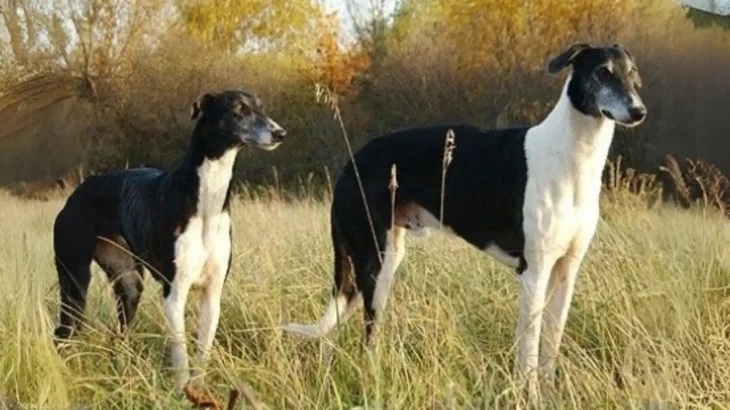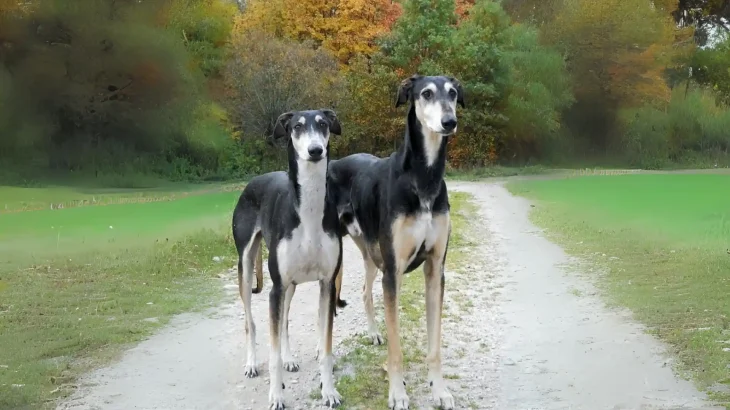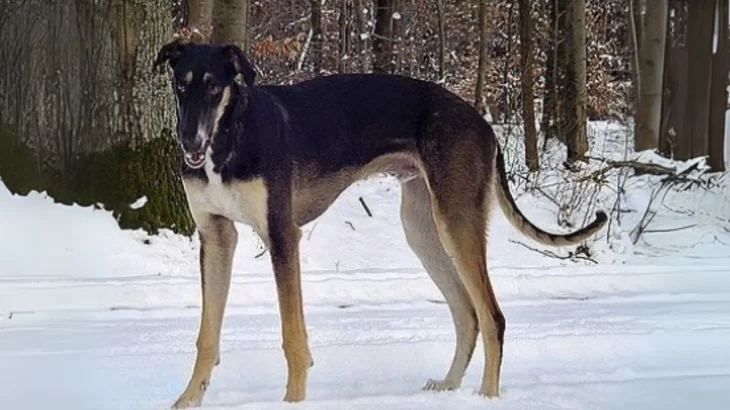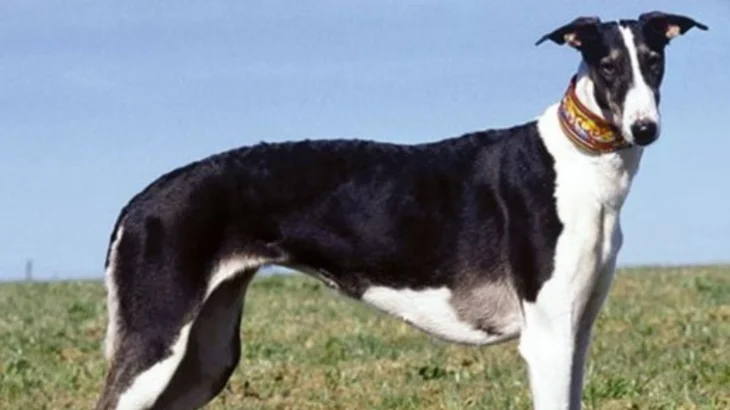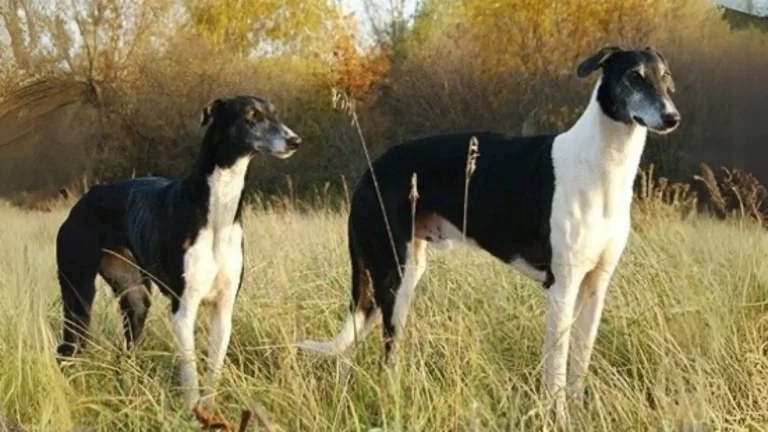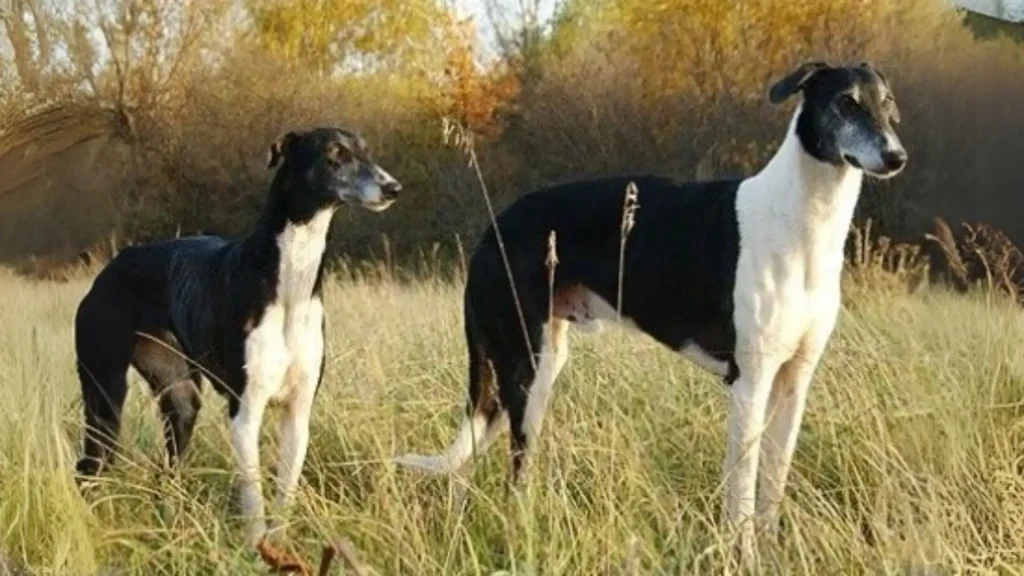When considering bringing home a Polish Greyhound puppy, deciding between adoption and purchasing from a breeder is an important step. Adoption offers a chance to provide a home to a dog who may already have an unknown background, while buying from a breeder often grants more control over health and lineage specifics. Each route has its own benefits and considerations tailored to prospective owners' priorities.
| Criteria | Buying from Breeder | Adopting from Shelter/Rescue |
|---|---|---|
| Cost | Usually higher, reflecting purebred status and breeding care. | Generally lower, with fees helping support rescue efforts. |
| Health History | Comprehensive records and health testing often available. | May be limited or unknown; shelters perform basic health checks. |
| Age Availability | Mostly puppies, ideal for raising from a young age. | Wide age range, including adults and seniors. |
| Temperament Insight | Breeders provide insights based on lineage and parental temperament. | Shelter staff can share observed behaviors but backgrounds may be unclear. |
| Ethical Considerations | Supports responsible breeding if breeder is ethical and reputable. | Helps reduce homeless dog population and promotes animal welfare. |
| Breed Purity & Pedigree | Guaranteed purebred with pedigree documentation. | Breed purity may be uncertain depending on rescue source. |

